Heading into the 2025 FIFA Club World Cup, I figured we were basically looking at two different competitions. In the first, lots of non-European teams would get useful exposure and experience — and yes, some decent money — as they played against both each other and Europe’s big dogs. We’d also learn a little bit about the strengths and styles of different leagues and continents.
Then, in the second competition, the European teams with all the money would take over. I feared that they would grab at least seven quarterfinal spots, then play what appeared to be sedate exhibitions against each other for large sums of cash.
My pre-tournament hope was that at least two non-European teams would reach the quarterfinals. In the end we got three, with Al Hilal taking down Manchester City in a wild and wide-open round-of-16 matchup, Fluminense pulling off a successful “score early, then hold on for dear life” routine against Inter Milan, and Palmeiras surviving a battle of attrition against countrymate Botafogo. Then Fluminense outlasted Al Hilal to reach the semifinals as well. It has taken until the finals for this to become an all-Europe affair, thanks to Chelsea’s 2-0 semifinal win over Fluminense.
As I wrote before the round of 16, everything negative thing the critics have said about this tournament is basically true, but connecting the world of club soccer and providing more opportunities for underdog clubs to pull one over on a brand name is in itself a very good thing. Players such as Al Hilal’s Marcos Leonardo and Botafogo’s Alexander Barboza were able to make names for themselves on a huge stage, old stalwarts such as Fluminense’s Thiago Silva and Benfica’s Ángel Di María turned back the clock, and younger big-club guys such as Borussia Dortmund’s Jobe Bellingham and Real Madrid’s Gonzalo García took advantage of prime opportunities.
For a tournament framed by critics as a “filthy money grab staged in far-too-large stadiums,” this has at least been a fun one to follow, right?
As the final approaches, let’s talk about the tournament’s most memorable players and the lessons we’ve learned so far from Gianni Infantino’s grand experiment.
The 10 most memorable players from the Club World Cup
1:04
Fluminense’s impressive Club World Cup run continues
How Fluminense defeated Al-Hilal 2-1 to reach the Club World Cup semi-finals.
We saw plenty of big names putting up big numbers in recent weeks: Bayern Munich’s Harry Kane and Manchester City’s Erling Haaland, for instance, combined for six goals and two assists in a tidy 620 minutes of work. But they didn’t exactly have a lot to prove heading into the proceedings. For the most part, the players I’ll remember most from this competition are the ones who made the most of their opportunities.
And old guys. Lots of old guys.
Old guys rule.
Alexander Barboza, DF, Botafogo
Defender stats are always open to massive interpretation. Some of the best defenders in the world are great interventionists, while some even better defenders are so good at positioning that they rarely have to intervene at all. To each their own.
In this case, (A) Botafogo’s defense had to work harder than almost anyone, nearly dragging the team to the quarterfinals despite an attack that scored only three goals in four games, and (B) all context aside, only two players have made more than 74 defensive interventions (ball recoveries, tackles, interceptions, clearances, blocked shots, blocked crosses or aerials won in the defensive third): Al Hilal’s Kalidou Koulibaly (85 in five games), the former Chelsea man who came up big in about a hundred different ways in the round-of-16 upset of Manchester City, and Barboza, who made 96 interventions in only four games.

The fiery 30-year-old made at least 20 interventions in each match, made 25 in Botafogo’s memorable group-stage upset of PSG, then made 26 in the vital match against Atletico Madrid. He genuinely left it all out on the pitch.
Jobe Bellingham, MF, Borussia Dortmund
My primary concern for the 19-year-old when he signed with Borussia Dortmund last month was that the expectations would be skewed; he was excellent at doing whatever Sunderland needed in their thrilling promotion push last season, and he definitely has the Bellingham edge in terms of temperament. But he’s also merely a very good teenage prospect, not a superhuman prospect like his older brother Jude. The best way to assure he struggles at Dortmund is to compare everything he does to what his brother did there a few years ago.
Let’s just say that Jobe didn’t exactly tamp down expectations with his early play. Despite playing only 228 minutes and missing BVB’s quarterfinal loss to Jude’s Real Madrid because of yellow card accumulation (Bellingham edge!), he finished tied for second on the team in combined goals and assists, second in shot attempts and shots on goal and third in fouls suffered. He also won half of his 16 duel attempts and made 15 defensive interventions. He did a little bit of everything, and in a very Bellingham way.
Now, he hasn’t actually played a match in Dortmund yet, but his tenure there is starting appropriately well.
Yassine Bounou, GK, Al Hilal
One of Morocco’s heroes in the 2022 World Cup and a one-time standout for Sevilla, Bounou left for Saudi Arabia in 2023. That might have put him out of sight and mind for many, but the 34-year-old can still stand on his head sometimes. He gave up only one goal from 15 shots on target in the group stage, and he saved a late Federico Valverde penalty to preserve a tie against Real Madrid.
But his best performance might have come while giving up three goals: Manchester City absolutely peppered his goal in the round of 16, attempting 30 shots and putting half of them on goal, but he made 11 saves, and based on the post-shot xG value of the shots City put on target (3.7), he genuinely prevented extra damage. We always love a guy who thrives in a World Cup, right?
Summer small-sample competitions give goalkeepers a chance to make memorable contributions, and between Bounou’s work and that of Real Madrid’s Thibaut Courtois (3.0 goals prevented in his past four games), Benfica’s Anatoliy Trubin (1.5 goals prevented in an upset of Bayern) and Inter Miami’s Oscar Ustari (3.2 goals prevented in four games), we’ve seen our fair share of them.
Kingsley Coman, FW, Bayern Munich
His future at Bayern is uncertain — the injury-prone 29-year old managed only 1,281 Bundesliga minutes last season and was rumored to be exploring options in Saudi Arabia or elsewhere. But this tournament has been a reminder of just how technically brilliant Coman can be.
In 250 minutes over four games, Coman scored two goals with two assists — entering the semifinals, only Haaland and Coman’s Bayern teammate Michael Olise had more combined G+A — and attempted a relentless 15 1v1s, winning nine (he was 2-for-4 in the box). He even made three pass interceptions, second on the team behind two central defenders (Jonathan Tah and Josip Stanisic). You just couldn’t take the ball off of him.
When healthy, Coman is still pretty incredible to watch with the ball at his feet.
Ángel Di María, FW, Benfica
Benfica were eliminated in the round of 16 meaning Di María finished with only four matches played, but entering the semis he still ranked tied for third in combined goals and assists (four), second in shots on goal (nine) and third in fouls won in the attacking third (four). The 37-year-old was utterly relentless, ranking first on his team in not only the above categories but also chances created (five) and total 1v1 attempts (18) and second in progressive passes and overall touches.
Di María has had a legendary career with club(s) and country; together with another 37-year-old, defender Nicolás Otamendi, he helped Benfica defeat Bayern and nearly take down Chelsea in the knockout rounds as well.
Gonzalo García, FW, Real Madrid
1:47
Why Gonzalo García might be the real deal
How much can be taken from the hot streak that Gonzalo Garcia is on in the Club World Cup for Real Madrid.
It would certainly be extremely Real Madrid for the club with by far the most European titles also won the first expanded Club World Cup. And if they do so, the MVP might not end up being Jude Bellingham, Vinícius Júnior, Kylian Mbappé, Courtois or any of the other known stars. They might not have even reached the semifinals of the competition if not for the work of 21-year-old García, who scored go-ahead goals against Al-Hilal (in an eventual draw) in the group stage, Juventus in the round of 16 and Borussia Dortmund in the quarterfinals.
A rare academy product who might actually break through in Madrid, García enjoyed a breakout season for Real Madrid Castilla this year but had scored only once for the senior team, against Leganes in the Copa del Rey. But he has produced either a goal (four) or assist (one) in every match of the competition to date, and he has proved dangerous with both his head and feet.
Despite all the star power, Real Madrid lacked a bit in both the creativity department and in the ability to create danger in the box. (Strangely, they missed 2023-24 forward Joselu more than expected.) But with 20-year-old Arda Güler creating quite a bit of the former and García providing a ton of the latter, a couple of youngsters might end up becoming awfully vital for Xabi Alonso’s first Blancos squad.
Achraf Hakimi, DF, PSG
OK, yes, this list has been reserved primarily for players with something to prove. It wasn’t intended to be a best-in-the-world list. But I’m pretty sure Hakimi is the best right back in the world by a margin larger than any other best player at any other position. He entered the Club World Cup with nothing whatsoever to prove, especially after PSG’s Champions League title victory, but entering the semis he was in the top 20 in the competition in goals (three), shots on goal (five), assists (one), chances created (seven), total touches (468) and pass completions (324), and he was top-30 in progressive passes (34) and ball recoveries (19). He never, ever stops, and his dribbling and assist on PSG’s clinching goal against Bayern in the quarterfinals was otherworldly.
Or, by his standards, pretty normal stuff.
TAKE A BOW, OUSMANE DEMBÉLÉ!
A brilliant stoppage-time strike and PSG double their lead with nine men! pic.twitter.com/2lZschE1ga
— DAZN Football (@DAZNFootball) July 5, 2025
Depending on how generous you are, he took out between three and five Bayern defenders in a single parry. Someone with that big an engine isn’t supposed to also be that good with his feet.
Marcos Leonardo, FW, Al Hilal
With former bigger-club stars such as Bounou, Koulibaly, Rúben Neves, Sergej Milinkovic-Savic, Renan Lodi and João Cancelo leading the way — and a payroll rivaling that of just about team outside of Europe’s most elite — Al Hilal weren’t exactly plucky underdogs in this competition. But amid all the veterans, the 22-year-old Leonardo might have been the most integral player. He scored four goals, including two in the upset of Manchester City and a tying shot against Fluminense in the quarterfinals.
None were among the most aesthetically pleasing of his career, but if the ball starts rattling around in the mixer, Leonardo is going to be there to knock it in.
51′ Marcos Leonardo strikes again! 💥
Al-Hilal levels it early in the second half. This one’s far from over! 😤 pic.twitter.com/ecVMCxAFlH
— DAZN Football (@DAZNFootball) July 4, 2025
Leonardo enjoyed two breakout seasons with Brazil’s Santos (plus a great run for Brazil at 2023’s U-20 World Cup) as a teenager before spending one season at Benfica, then making his big-money move to Saudi Arabia. That might have limited his chances to make a huge name for himself, but when the opportunity presented itself this summer, he took full advantage.
Pedro Neto, FW, Chelsea
Neto’s first season at Chelsea was fine as long as you perhaps ignore the size of his transfer fee (€60 million from Wolves). Bouncing between the starting lineup (36 starts) and the bench (12 substitute appearances) and logging lots of minutes on both wings (plus some time at center forward), he scored nine goals with eight assists in 3,151 minutes in all competitions. That’s not “€60 million transfer fee” output, but it’s solid.
But Neto has been more than solid in the Club World Cup. Heading into the semifinals, he ranked in the competition’s top five in goals (three), chances created (10) and 1v1 attempts (28), and he’s 13th in progressive carries (43). Chelsea wobbled at times in this tournament, getting run off the pitch in the second half of a 3-1 loss to Flamengo and giving up tying goals in the second half in both the round of 16 and quarterfinals. But Neto gave Chelsea the lead twice in the group stage and put away the win over Benfica with a goal in the 114th minute.
Like Neves, Cancelo and others, he has had to deal with the news of Portugal teammate Diogo Jota’s death, and that could affect his participation moving forward, but he has been brilliant for a team that needed it.
Thiago Silva, DF, Fluminense
We saved the captain for last. In a tournament dominated by center backs in their 30s, a 40-year-old led Fluminense to the semifinals.
Since the start of the 2024 Brasileiro season, Fluminense has played 33 games with Silva, who joined in July 2024. They’ve averaged 1.97 points, winning 58% of the time. In 45 games without him in that same span, they’ve averaged 1.42 points, winning 40% of the time. They were shockingly in last place in league play, with eight points from 16 matches, when he joined, but they played at a top-seven level from there. They’re sixth this season, and they were the only non-European team in the semifinals.
His memorable pregame speech before the quarterfinal win over Al Hilal was maybe his most lasting contribution to this tournament, but in Flu’s first five matches, he also made 55 defensive interventions (15th in the competition) and won 79% of his aerial duels while his defense allowed just three goals. Just wildly impressive.
This competition has been gold for non-European teams
You couldn’t hold this tournament at a grand scale without the giant European clubs that were in the draw, and FIFA obviously had to promise lavish amounts of money for those teams (and everyone else) to make sure everyone was properly involved and motivated. This competition also came at an awkward time for the European teams, with their season having ended a few weeks earlier and, in a way, both fatigue and rust becoming factors. But none of that was the fault of all the other teams in the field; all they could do was try to take advantage of the opportunities, and many did so.
Fluminense’s run was a headline-grabber, but it wasn’t the only one. Fans of the Brazilian clubs in this competition traveled en masse to the U.S., and they were all rewarded to some degree. Botafogo beat Champions League winners PSG in the group stage at the Rose Bowl in a match they’ll be talking about for years. Palmeiras won Group A, took down Botafogo in the round of 16 and were tied with Chelsea late in the second half in the quarterfinals.
Flamengo, meanwhile, were probably the best overall Brazilian team in the competition, bolting past Chelsea to win Group D but suffered poor luck of the draw and some unlucky bounces against Bayern Munich in the round of 16, losing 4-2 despite a plus-0.5 overall xG advantage.
But it went beyond the Brazilian teams. Inter Miami’s stay in the tournament ended with an unceremonious pounding at the hands of PSG, but they also beat Porto — a team that reached the Champions League knockout rounds just one season ago — and drew with a sprightly Palmeiras. Monterrey, meanwhile, drew with Champions League runner-up Inter Milan and put a lot of stress on Borussia Dortmund late in an eventual 2-1 loss in the round of 16. LAFC and Pachuca both wasted some opportunities to prove themselves, but the Seattle Sounders acquitted themselves relatively well despite being placed in the Group of Death with PSG, Atletico Madrid and Botafogo.
Among African teams, Esperance proved to be rather outmatched — even if their fans weren’t — but both Al Ahly and Mamelodi Sundowns were relatively unfortunate not to advance. Al Ahly generated an xG differential greater than +1.0 in two draws, while the Sundowns produced the ninth-best xG differential in the competition and even outplayed Borussia Dortmund for large swaths of an eventual 4-3 loss.
Really, the teams that failed to take advantage of opportunities the most were Argentinian giants Boca Juniors and River Plate and, Al Hilal aside, the Asian teams in the competition. Boca and River Plate both played well for two matches before collapsing in the third, but both South Korea’s Ulsan HD and Japan’s Urawa Red Diamonds were mostly overmatched. Regardless, lots of teams took full advantage of the opportunities at hand, and it made this a pretty fun competition to follow.
An organized defense remains a hell of a weapon (and a disorganized defense remains a spectacular liability)
For me, the most memorable match of the competition was probably Botafogo’s win over PSG, in which Barboza and a physical Botafogo defense ruthlessly kept PSG out of dangerous areas for most of the match. PSG attempted 16 shots but only one was worth more than 0.12 xG, and only two were attempted within nine meters of the goal. Botafogo defenders were unafraid of making physical contact in dangerous areas, nearly giving away a penalty and committing seven fouls in the attacking third, but they also gave up only one shot on target from the resulting free kicks.
The Brasileiro is a stingy league — the average shot is worth just 0.126 xG (for comparison, Premier League teams averaged 0.156 xG per shot this past season) — and while it’s fair to wonder about the overall level of attacking talent in the league, Brazilian teams in this competition also proved that there is a high level of organization in those defenses. Silva’s Fluminense have allowed just 0.11 xG per shot, the lowest in the tournament, and both Palmeiras (0.12) and Flamengo (0.14) were in the top nine. Botafogo actually had the worst defense of the bunch but still gave up only three goals in four matches.
Overall, while the richest teams in the competition differentiated themselves in terms of raw attacking talent, of the eight quarterfinalists, five were among the top eight in the competition in xG allowed per shot. Strong, physical, organized defense can still be an equalizer on a huge stage.

Manchester City, by the way, ranked 29th in xG allowed per shot. Poor transition defense was a huge part of their disappointing European campaign this past season, and as Al Hilal proved in the round of 16, the return of Rodri to City’s lineup didn’t automatically cure everything that ailed them. (The addition of two expensive attack-first midfielders in Rayan Cherki and Tijjani Reijnders might not prove to be a cure-all either, even if it makes City’s attack even more delightful.)
Weather will be an obvious issue at next year’s World Cup
Honestly, Chelsea manager Enzo Maresca’s lengthy rant about storm delays was at least a little odd and served as a reminder that the volatile weather that we’ve grown accustomed to in the U.S. isn’t something those in Europe are as familiar with.
That said, weather has been an issue from start to finish. Quite a few matches were delayed, and, well, holding a tournament in the United States in June and July means you’re going to deal with utterly oppressive amounts of heat, humidity or both. (That is, unless you hold the entire thing in the Pacific Northwest. I’ve honestly heard worse ideas.)
This was obviously made worse by FIFA’s insistence on making sure some of the biggest clubs in the competition played multiple games in the European prime time window. Bayern, for instance, played midday matches outdoors in Cincinnati, Charlotte and Miami, plus an evening game in Miami, before finally getting an indoor quarterfinal match. It played an obvious role — Vincent Kompany attempted to rest stars Harry Kane and Michael Olise, among others, in the final group-stage match against Benfica, and their resulting 1-0 loss meant they finished second in their group and had to face PSG in the quarterfinals.
The Club World Cup was generally regarded as a dry run for next year’s World Cup in the U.S., Mexico and Canada. Now, you’re basically signing up for epic heat by playing summer matches in outdoor venues in Miami, Mexico City, Monterrey, Guadalajara and even Kansas City (and honestly, Boston, New York and Philadelphia aren’t exactly pleasant at that time of the year). But if you’re going to take any lessons from these past few weeks, at the very least giving most of earlier-in-the-day matches to venues in the less volatile host cities in the West — Vancouver, Seattle, Los Angeles, the Bay Area — would probably be a smart idea.

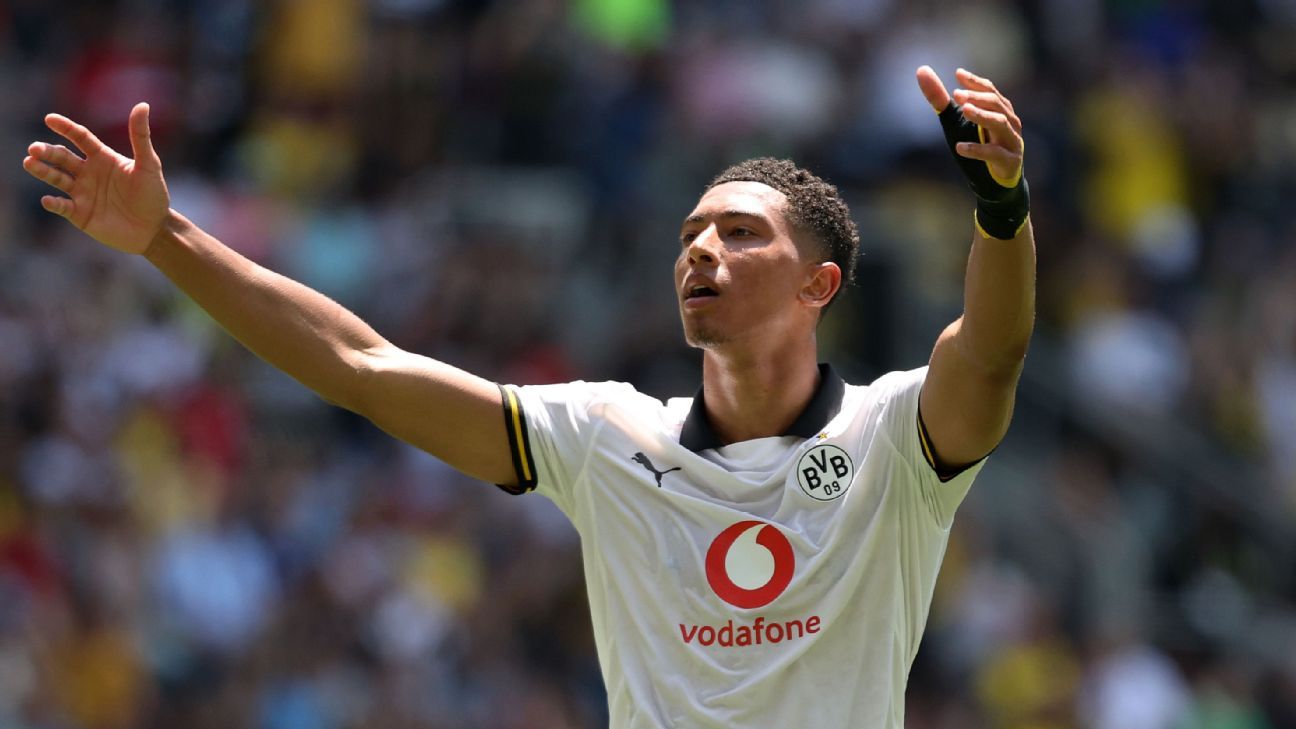
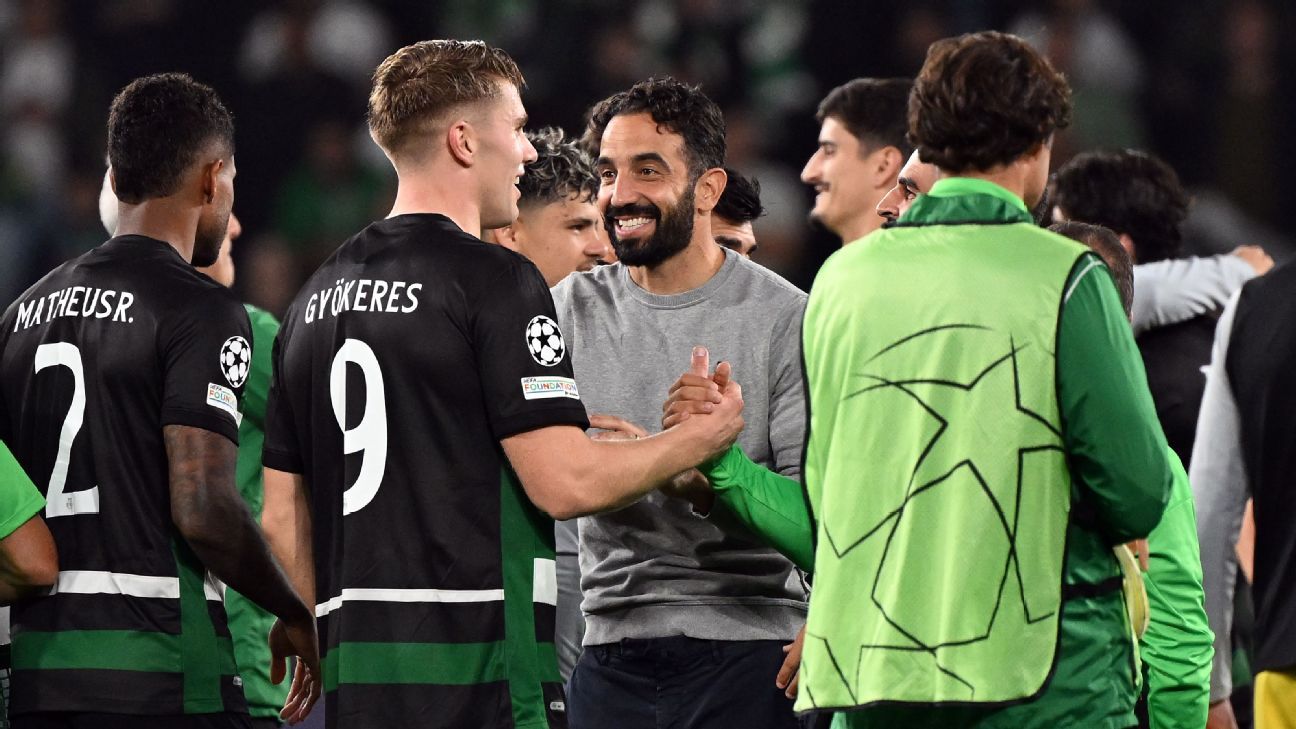
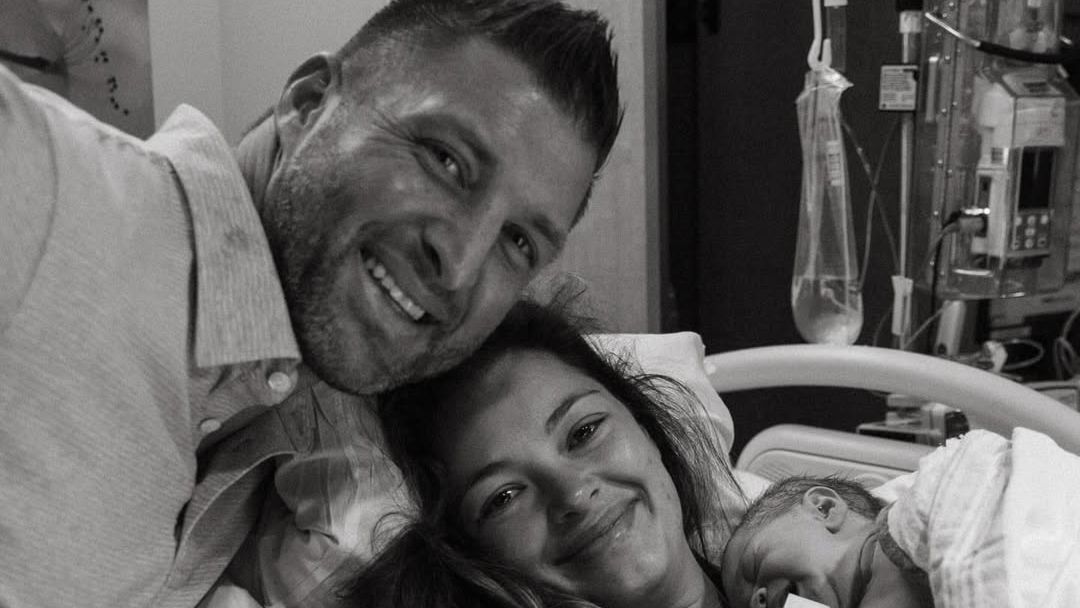
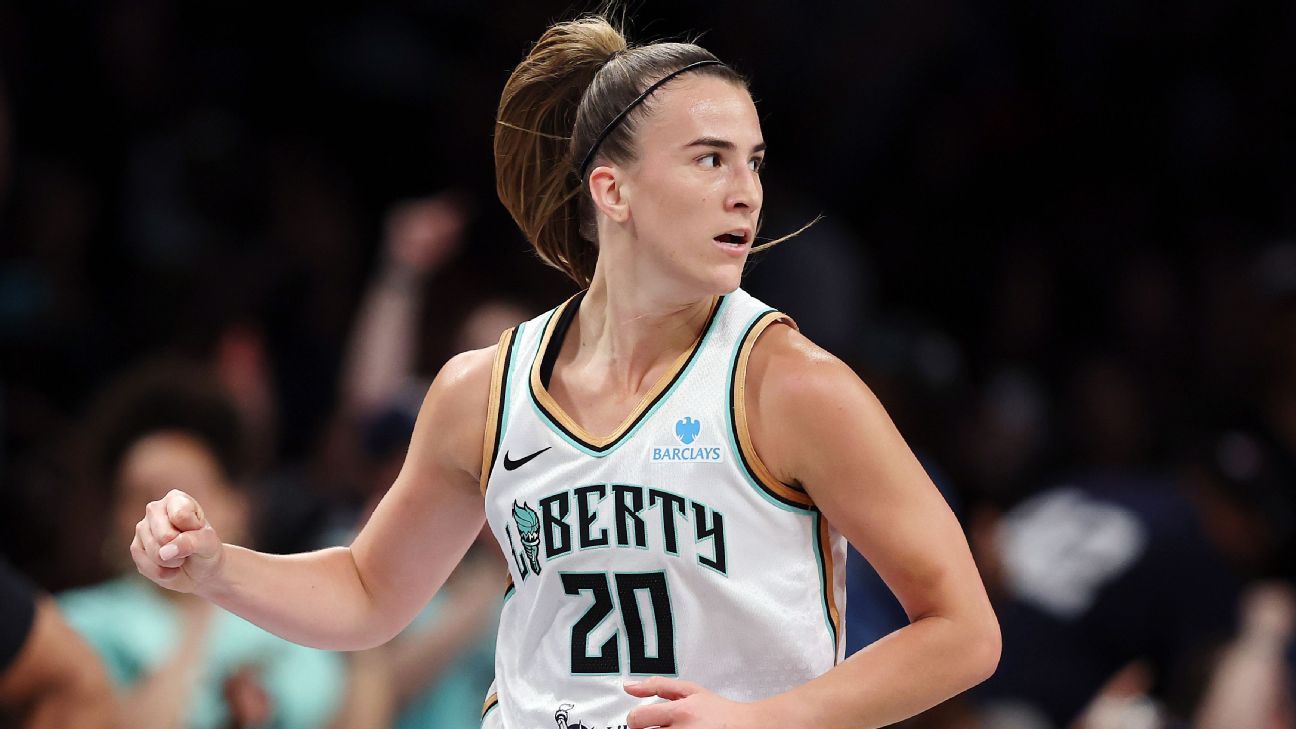
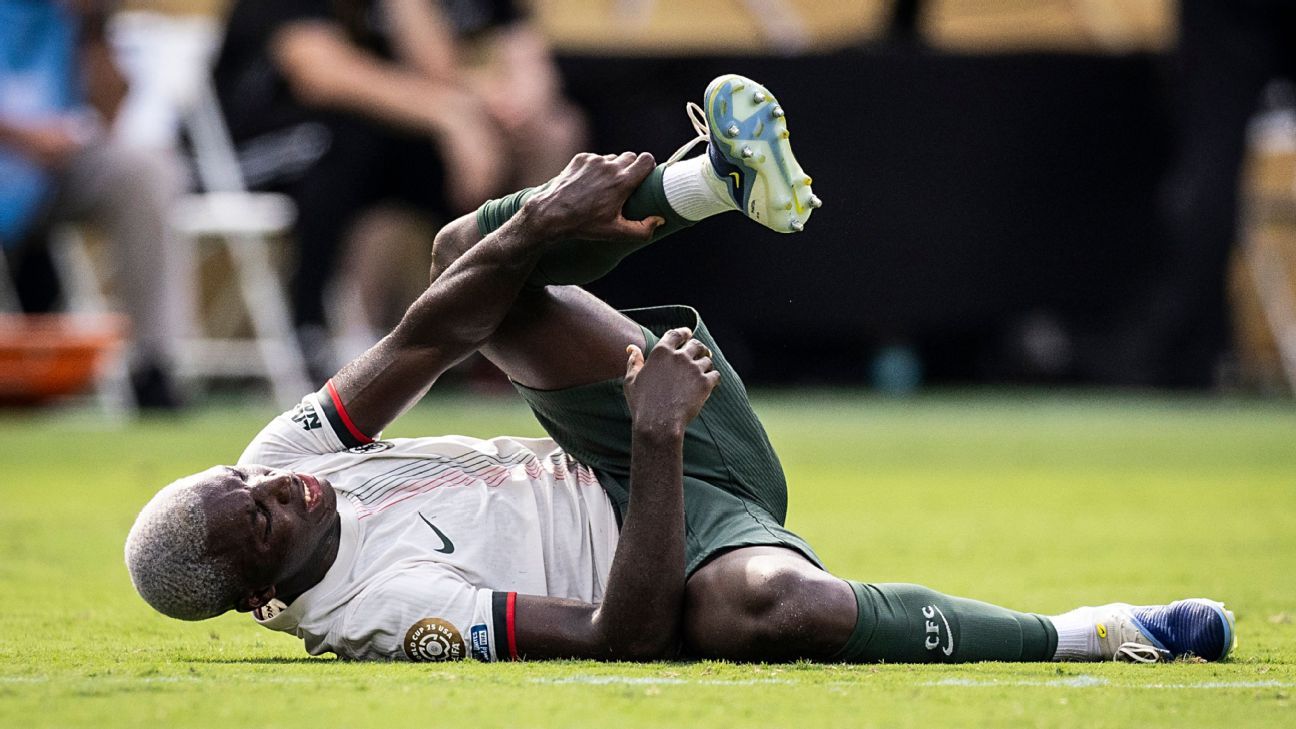
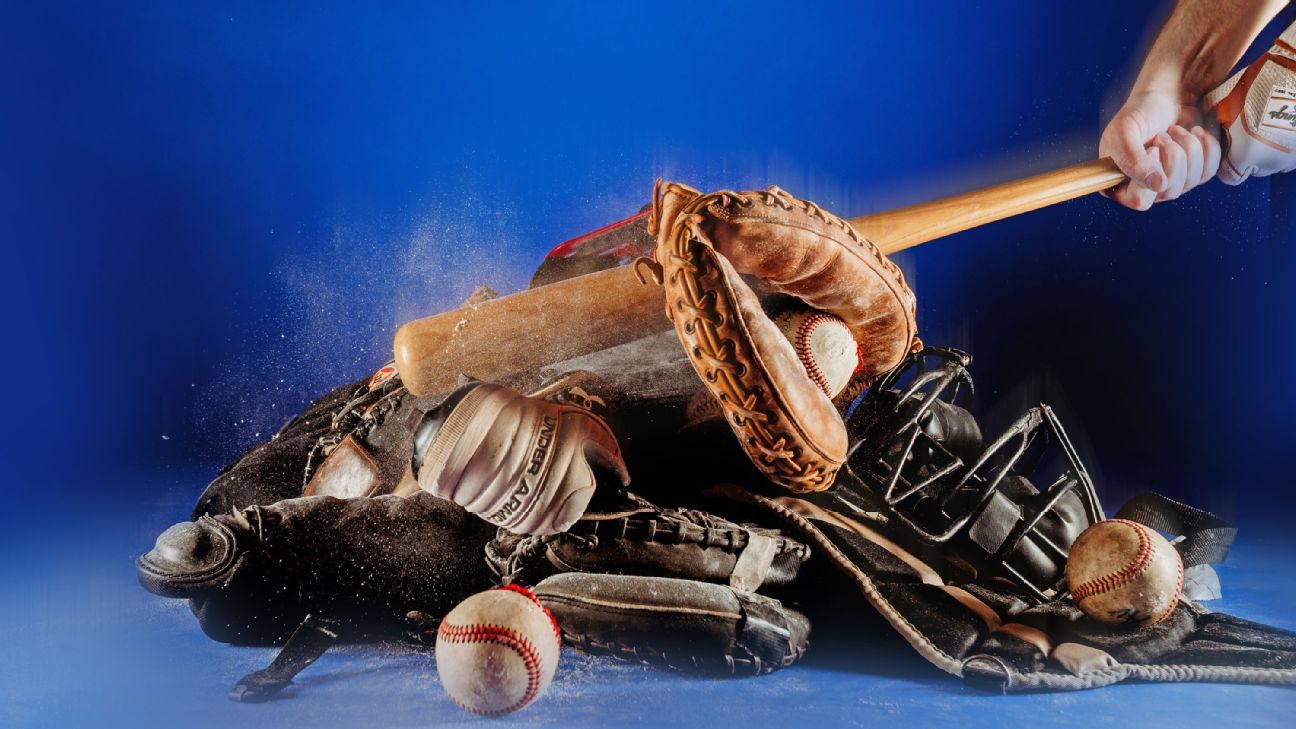
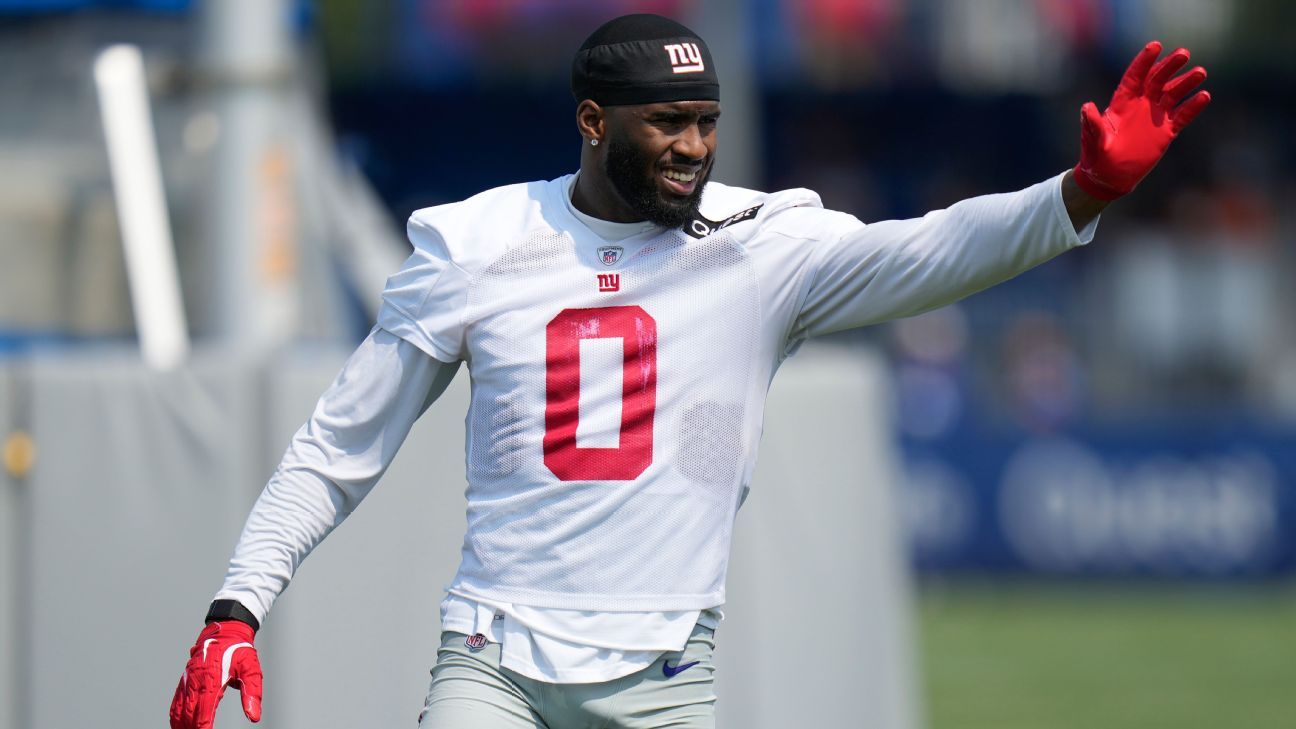


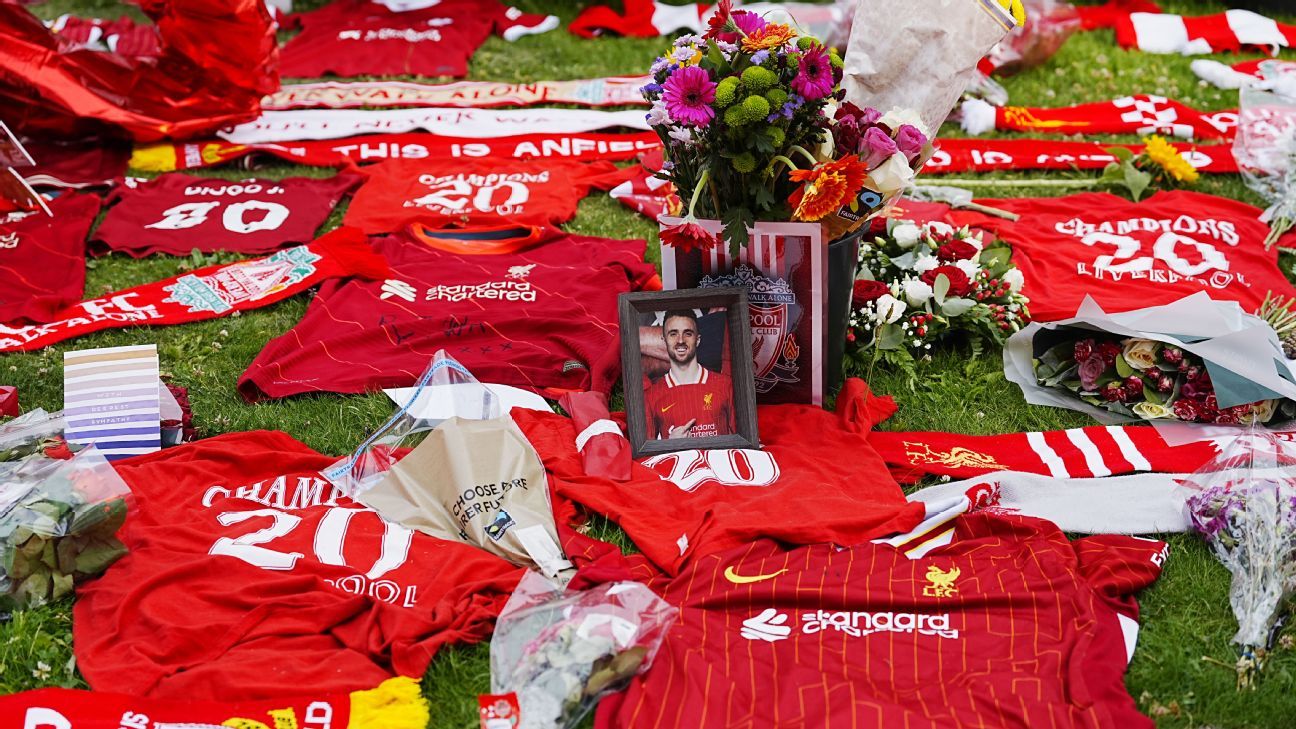


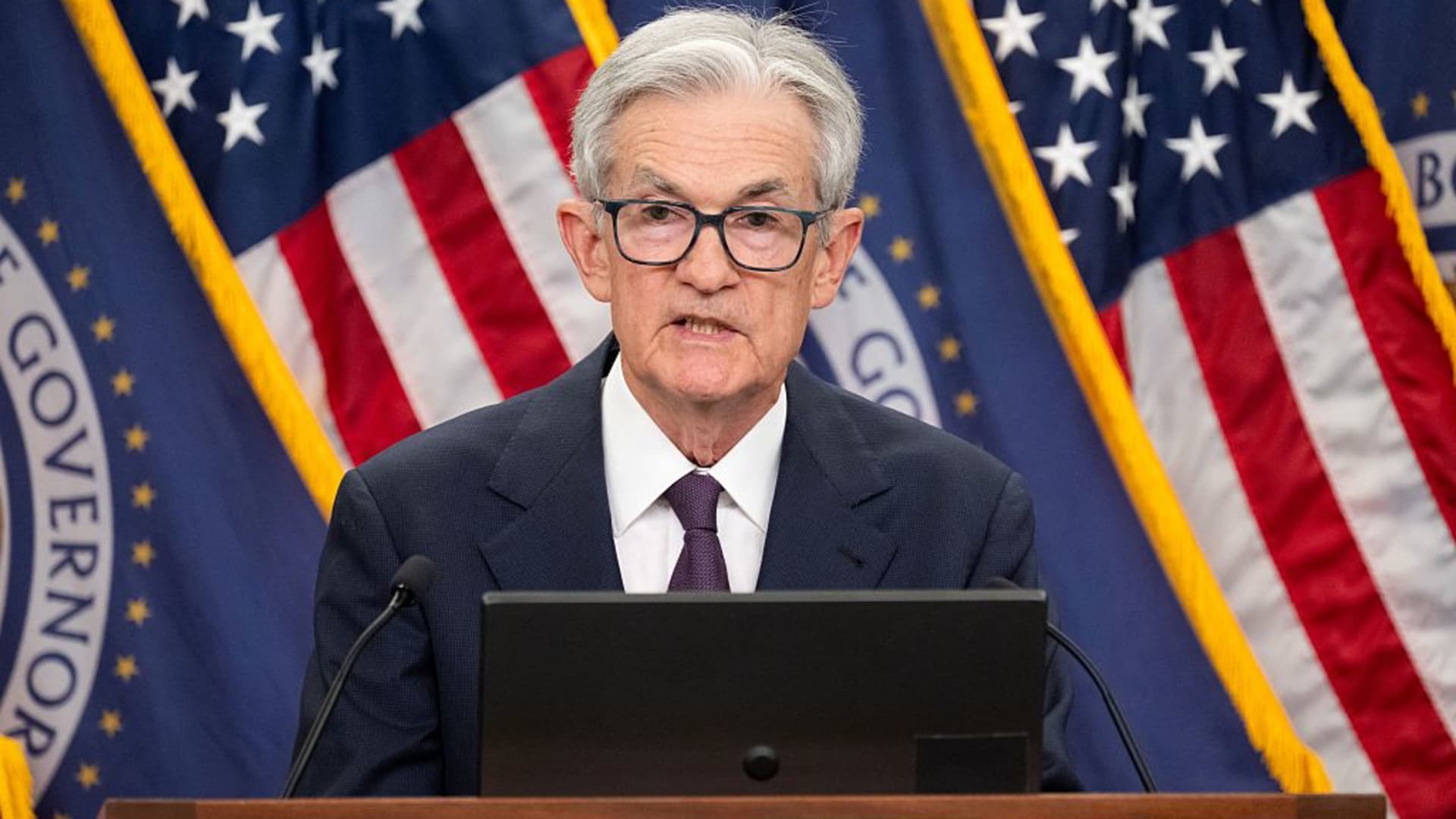
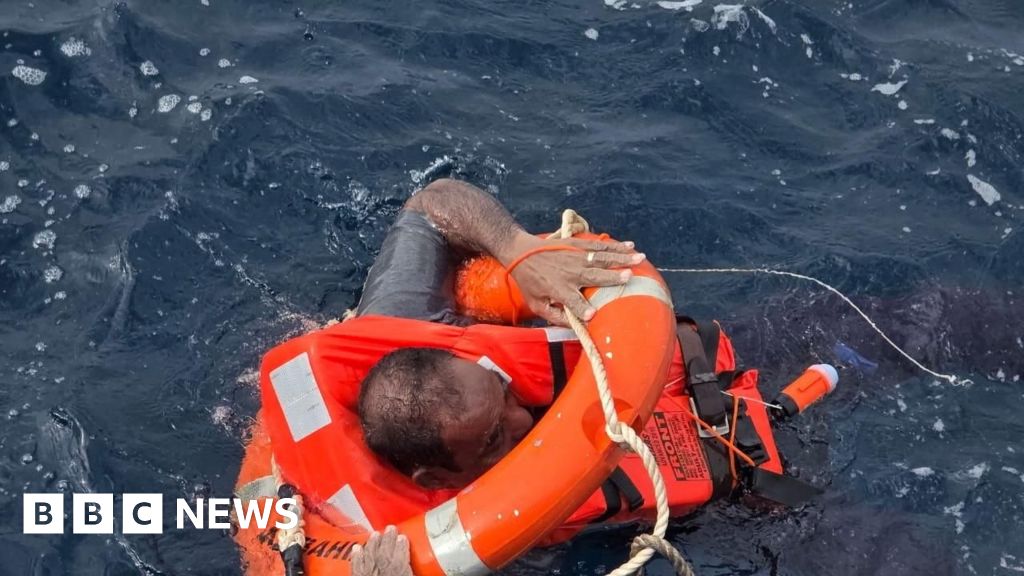

Leave a Reply